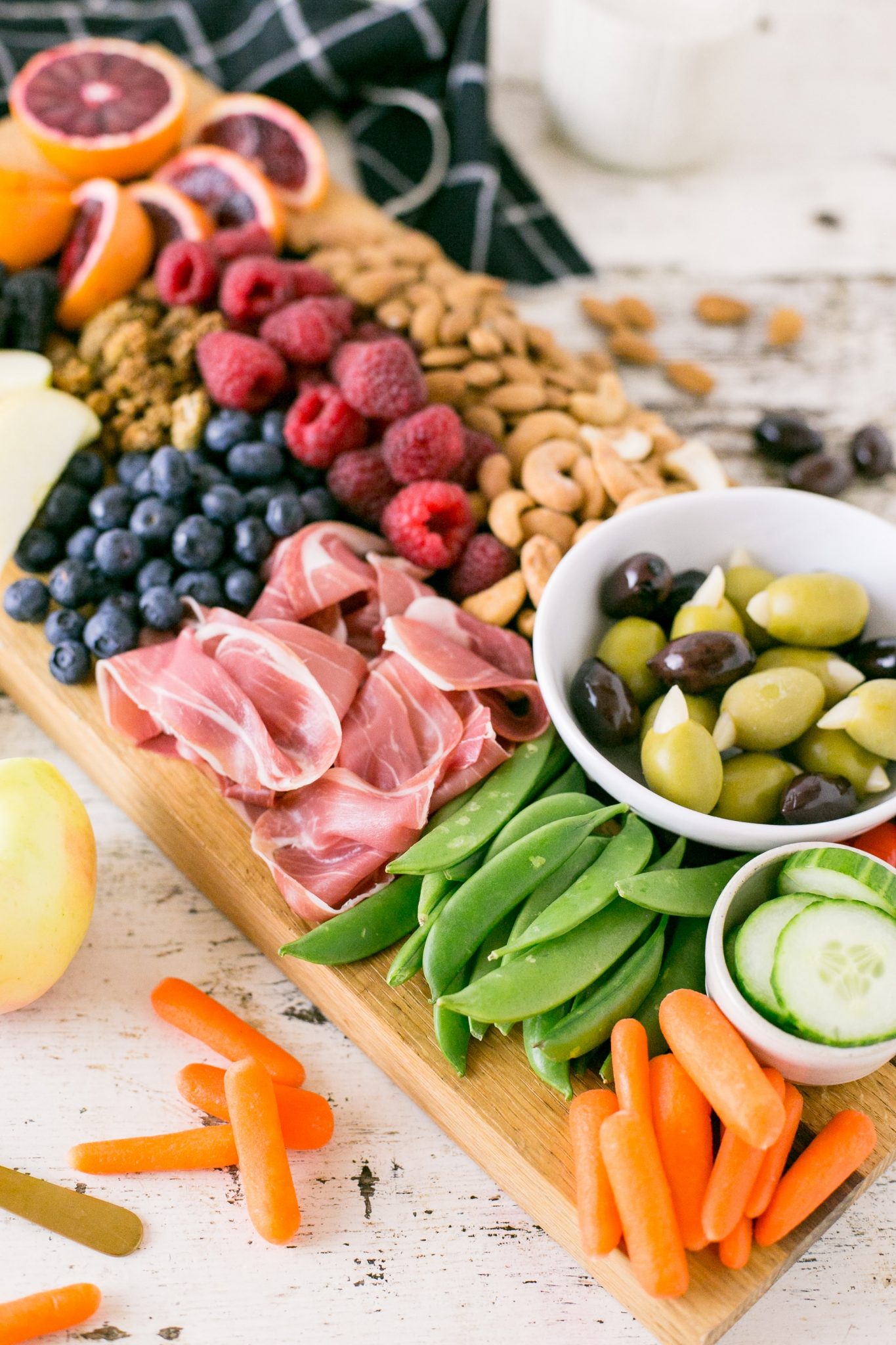The latest dietary trend – The Paleo Diet. Is it worth trying?
The Paleo Diet is based around the idea of eating like our paleolithic or caveman ancestors. The notion is that we are genetically mismatched to modern foods such as grains, legumes and dairy. These foods have only been available since modern farming began and the belief is that we couldn’t adapt to these ‘new foods’ as fast as the change in food availability occurred.
Pros:
Increasing wholefoods and decreasing processed foods
No-one can argue that increasing the amount of whole, unprocessed foods in the diet is a bad thing. Incorporating whole foods in place of nutrition devoid, ultra processed, packaged foods is a real pro of the paleo diet. By substituting nutrient poor, energy dense foods such as white bread, crisps and biscuits for fruits, vegetables, nuts and seeds you’re likely decreasing your energy intake but increasing your micronutrient intake (think vitamins and minerals!). This is likely a win considering most of society is eating in excess of their energy requirements but not meeting their micronutrient requirements.
Increasing vegetable intake
While the Paleo diet is viewed by some as a meat-heavy diet, there is in fact a large emphasis on vegetable intake. Considering the most recent statistics show 93% of Australians don’t meet the recommended daily intake of 5 serves of vegetables(1), increasing vegetables should be a priority for most people. Incorporating a wide variety of vegetables, not only provides fibre for a healthy gut but also an array of vitamins and minerals.
Generating interest in nutrition
If the Paleo diet gets people taking an interest in improving their health through dietary means, this can be considered a positive. Getting individuals to take an interest in what they are putting in their bodies and the potential health benefits/consequences is a first step towards a healthy, balanced diet.
Cons:
Cutting out food groups- vilification of grains, legumes and dairy
One of the biggest problems with the Paleo diet is the unnecessary vilification of entire food groups. The Paleo diet excludes grains, legumes and dairy on the premise that our caveman ancestors did not consume such foods. These foods are a great source of dietary fibre and, in Australia, are often fortified with nutrients such as folate
Inadequate Calcium intake
The exclusion of dairy from the Paleo diet is also a potential problem. While there are other sources of Calcium available in the diet, it is very difficult to meet the Recommended Daily Intake from these foods alone. For instance, 1 cup of spinach contains 29mg of Calcium, compared with 1 cup of milk at 300mg. A 90g can of sardines can provide approximately 400mg of Calcium but this doesn’t tend to be a popular dietary choice for most people! We know that most Australian’s aren’t getting enough Calcium(2), so cutting out our best dietary source of Calcium is not a great move!
Excessive meat intake
The Paleo diet is a big proponent of a high meat intake. The Australian Heart Foundation has, for the first time, proposed a limit of 350g per week for red meat, to minimise risk of heart disease. While red meat does provide valuable nutrients such as Iron, Zinc and B12, there are also links between high intakes of red meat and bowel cancer. No need to cut it out completely, but excessive intake is not encouraged!
Excessive fat intake
A diet with such a heavy emphasis on meat and nuts is likely to be high in fat, particularly saturated fat. We know that saturated fat can contribute to heart disease and fat contains more calories/kilojoules per gram than protein or carbohydrates.
When cutting out carbohydrates, energy has to come from somewhere else, likely an increase in fat on the paleo diet. While protein is also likely to increase, most Australian adults are already exceeding the recommended protein intake.
Most of Western society could benefit by eating more fruits and vegetables and reducing their intake of processed, packaged foods, but this need not be a Paleo diet! The Australian Dietary Guidelines are drawn from extensive research and thousands of studies. The Paleo diet on the other hand is a relatively new phenomenon with no long term data to back it. A healthy, balanced diet can (and should) include dairy products, legumes and whole grains as per the Australian Guide to Healthy Eating.
References:
- Australian Bureau of Statistics. (2018, December 12). 4364.0.55.001 – National Health Survey: First Results, 2017-18 . Fruit and Vegetable Consumption.
- Australian Bureau of Statistics. (2015, March 6). 4364.0.55.008 – Australian Health Survey: Usual Nutrient Intakes, 2011-12 . Calcium.
